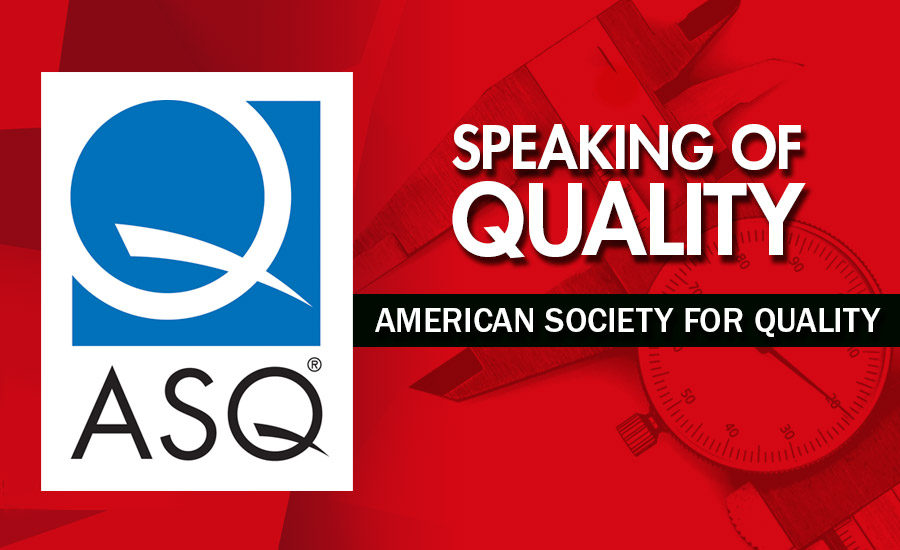Imagine this scenario for two potential hires. Looking to build his résumé and gain some credibility in the quality world, Candidate A takes a few courses on quality from an accredited university, and upon completion receives a certificate in quality systems. Candidate B, after a few years getting settled in a project management career, takes the ASQ Certified Quality Auditor (CQA) exam after studying the body of knowledge and implementing the quality concepts on the job. Candidate A has a certificate, Candidate B has a certification. Tomayto tomahto, right? Not exactly.
ASQ has offered professional certifications for almost 50 years. As of September 2016, ASQ offers a total of 19 quality certifications, including the Certified Quality Engineer (CQE), Certified Quality Auditor (CQA), and Certified Manager of Quality/Organizational Excellence (CMQ/OE). Over the years ASQ has done its share of explaining the difference between certificate and certification. Manufacturing professionals hear and see the words certificate and certification all the time but what do they really mean? Are they interchangeable terms?
According to the Merriam-Webster Dictionary, a certificate is: “a document containing a certified statement especially as to the truth of something; specifically: a document certifying that one has fulfilled the requirements of and may practice in a field.”
The same dictionary offers this definition of certification: “the act of certifying: the state of being certified.”
Readily apparent is that both definitions include the words certifying and certified. While this will certainly disturb English teachers who told us never to define a word using derivatives of that word, clarity can be found through the words “document” and “state.” It comes down to this: a certificate is a piece of paper; a certification is the process for demonstrating proficiency and comprehension in your given field. In other words, you receive a certificate, you achieve a certification. To put this argument to rest, certificate and certification are not interchangeable terms, and there is a need for both of them in business.
When you complete a training session, you want something to acknowledge the accomplishment. Certificates fulfill that need, offering tangible evidence that requirements have been met. However, when it comes to a skill set, completing is not enough. There needs to be evidence of experience and knowledge. This is where certification comes in.
Certification is a proven differentiator. We have seen that more and more companies are requiring professional certifications for employment. Many companies also build certification into employee professional development plans. ASQ members tell us of the benefits they receive from their company and co-workers: upper-management recognition, career advancement, increased salary. While a certification doesn’t always lead to monetary gain, the latest Quality Progress Salary Survey indicates that the majority of certified professionals receive higher pay than their noncertified co-workers.
Organizations need individuals with specific, proven skills—and they are willing to pay for it to fulfill immediate staffing needs. There is also evidence that companies also find certification programs to be a long-term benefit.
Returning to Candidate A with a certificate and Candidate B with a certification, which would objectively be a better hire? They both might be great employees. Candidate A’s certificate shows he has the fulfilled the needed for the job requirements. Candidate B’s certification requires demonstrating continued competency to reflect the knowledge updates that take place. In the short term, probably either. But in the long term? I’d go with the one with the proven experience and knowledge.
This October, a major change was made to the certification process as ASQ moved from pen-and-paper to computer-based testing for certification exams. This was in response to market demand and provides an enhanced experience for customers. The availability of days in which to take the exams, annual exam administrations, and the number of testing locations have all increased, greatly improving the overall experience.








